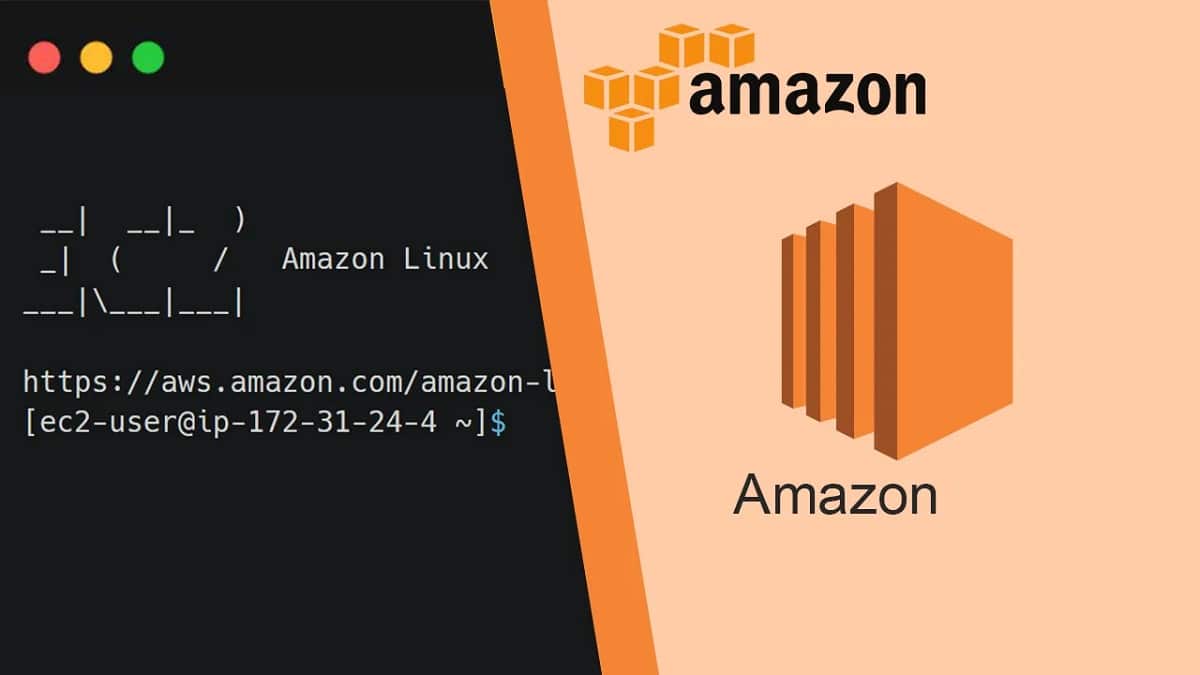
Amazon Linux 2023 is the third generation of our Amazon Linux distributions.
It was recently announced launch of “Amazon Linux 2023”, being this the first stable version of a new general purpose distribution, Amazon Linux 2023 (LTS), which is cloud optimized and integrates with Amazon EC2 advanced tools and features.
The distribution has replaced the product Amazon Linux 2 and is distinguished by its move away from using CentOS as a base in favor of the Fedora package base.
The distribution has a predictable maintenance cycle, with major new releases every two years, with quarterly updates in between. Each major version is derived from the current version of Fedora at that moment. Interim releases are planned to include new versions of some packages such as Python, Java, Ansible, and Docker, but these versions will ship in parallel in a separate namespace.
Amazon Linux 2023 makes it easy to plan and manage the operating system lifecycle. New major releases of Amazon Linux will be available every two years. Major releases include new features and security and performance improvements across the stack. Enhancements may include major changes to the kernel, toolchain, GLib C, OpenSSL, and any other system libraries and utilities.
Total support time for each release will be five years, of which two years the distribution will be in active development and three years in the maintenance phase with the formation of corrective updates. The user will have the opportunity to link to the state of the repositories and independently choose the tactics for installing updates and switching to new versions.
Amazon Linux 2023 is built with components from Fedora 34, 35 and 36, as well as CentOS Stream 9. The distribution uses its own kernel, built on top of the 6.1 LTS kernel and maintained independently of Fedora. Updates to the Linux kernel are released using “live patching” technology, which allows you to fix vulnerabilities and apply major fixes to the kernel without rebooting the system.
During those two years, a major release will receive an update every three months. These updates include security updates, bug fixes, and new features and packages. Each minor release is a cumulative list of updates that includes bug and security fixes, as well as new features and packages. These releases may include the latest language runtimes, such as Python or Java. They may also include other popular software packages like Ansible and Docker. In addition to these quarterly updates, security updates will be provided as soon as they are available.
In addition to the transition to the base Fedora package, the most significant changes iinclude the default inclusion of forced access control system SELinux in the "enforcing" mode and the use of advanced features in the Linux kernel to improve security, such as verification of the kernel and modules by digital signature. The distro has also worked to optimize performance and reduce boot times. It is possible to use file systems other than XFS as the file system for the root partition.
Every major release, including 2023, will come with five years of long-term support. After the initial two-year period, each major release enters a three-year maintenance period. During the maintenance period, you will continue to receive security bug fixes and patches as soon as they become available. This support commitment gives you the stability you need to manage long project lifecycles.
If you are interested in knowing more about it, you can consult the details In the following link.
Get Amazon Linux 2023
Finally, you should know that the offered builds are generated for the x86_64 and ARM64 (Aarch64) architectures. Although primarily targeted at AWS (Amazon Web Services), the distribution also comes in the form of a generic virtual machine image that can be used on-premises or in other cloud environments.
Amazon Linux 2023 is no different than other Linux distributions. In order to use it, you must run an instancerun-instancesEC2 API, the AWS Command Line Interface (AWS CLI) or the aws management console and one of four Amazon Linux 2023 AMIs provided.